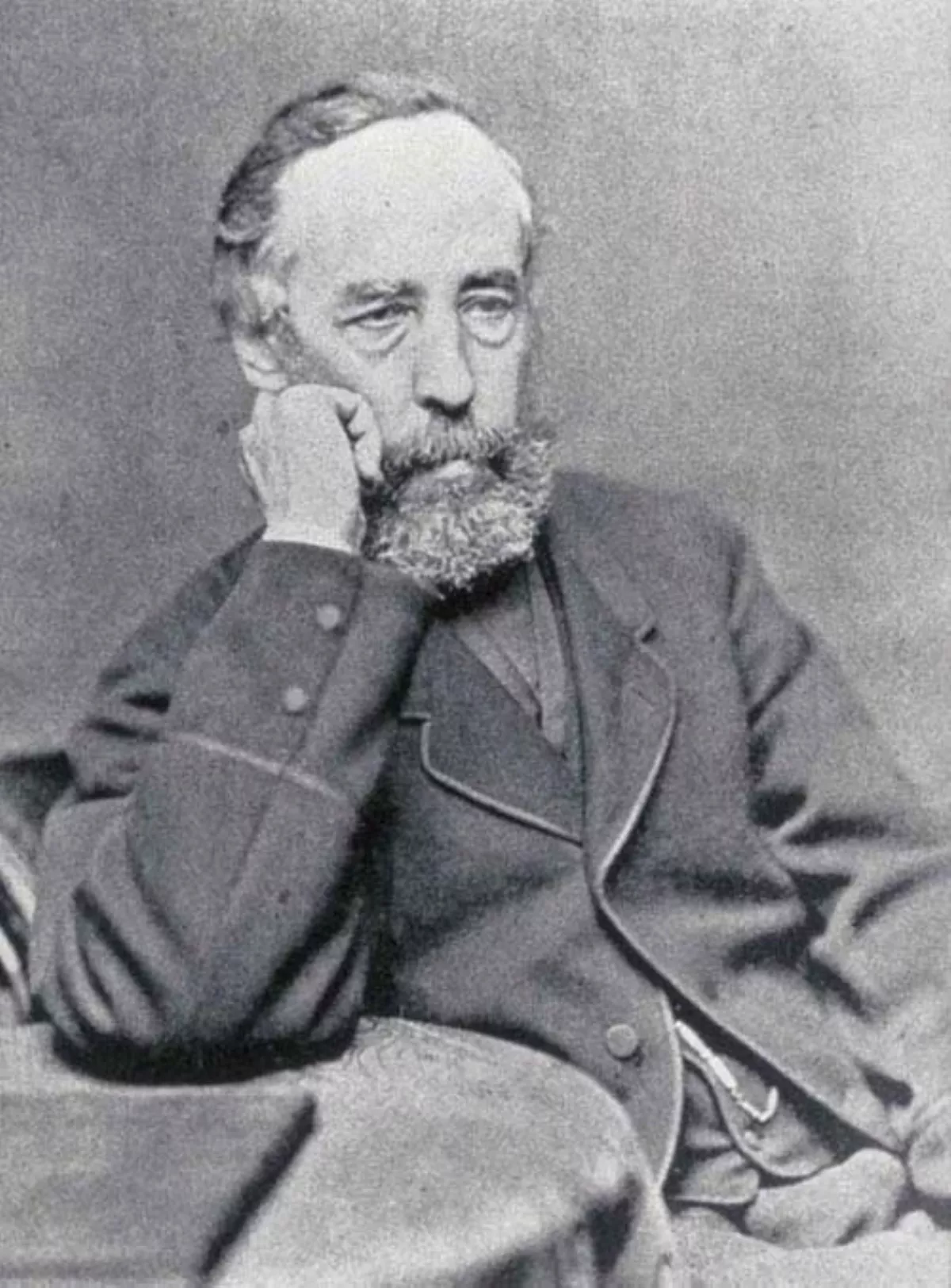 1.
1. James Croll, FRS, was a 19th-century Scottish scientist who developed a theory of climate variability based on changes in the Earth's orbit.

 1.
1. James Croll, FRS, was a 19th-century Scottish scientist who developed a theory of climate variability based on changes in the Earth's orbit.
James Croll was born in 1821 on the farm of Little Whitefield, near Wolfhill in Perthshire, Scotland, the son of David Croll, mason, and his wife Janet Geddes.
James Croll was able to use the university library to get access to books, and taught himself physics and astronomy to develop his ideas.
From 1864, Croll corresponded with Sir Charles Lyell, on links between ice ages and variations in the Earth's orbit.
James Croll theorised that changes in the Earth's orbit could cause the Gulf Stream to be diverted, bringing less heat to the Arctic.
James Croll's ideas were published in the Philosophical Magazine in 1864, attributed to "James Croll, Anderson's University".
James Croll published a number of books and papers which "were at the forefront of contemporary science", including Climate and Time, in Their Geological Relations in 1875.
James Croll corresponded with Charles Darwin on erosion by rivers.
James Croll died on 15 December 1890 at 5 Pitcullen Crescent, in Perth.
James Croll was buried in a family grave in Cargill, Perthshire.
James Croll's work has been widely recognised in scientific circles and societies.
James Croll was the leading proponent of an astronomical-based theory of climate change, now known as the "Astronomical Theory of Climate Change".
James Croll's idea was that decreases in winter sunlight would favour snow accumulation, and for the first time coupled this to the idea of a positive ice-albedo feedback to amplify the solar variations.
James Croll further argued that the accumulation of snow would change the pattern of trade winds, leading to the deflection of warming currents like the Gulf Stream, and finally a self-sustaining ice age.
James Croll suggested that when orbital eccentricity is high winters will tend to be colder when the Earth is further from the sun in that season and hence, that during periods of high orbital eccentricity, ice ages occur on 22,000-year cycles in each hemisphere, and alternate between southern and northern hemispheres, lasting approximately 10,000 years each.
James Croll's theory predicted multiple ice ages, asynchronous in northern and southern hemispheres, and that the last ice ages should have ended about 80,000 years ago.
James Croll's work was widely discussed, but by the end of the 19th century, his theory was generally discredited.